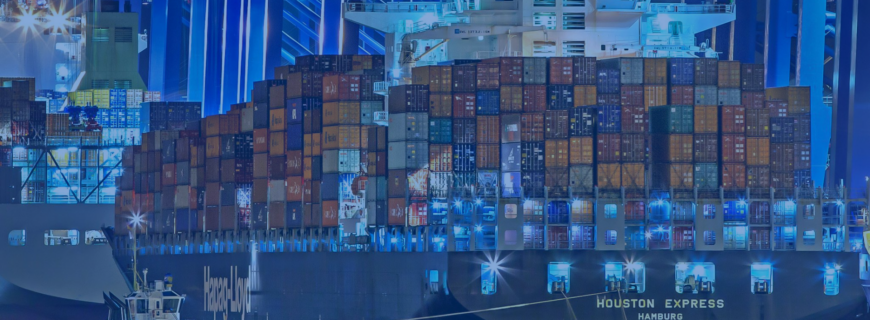Another Trump presidency. More talk of tariffs. And once again, investors are asking the big question: what does this mean for my money?
The headlines are noisy, the market reactions are swift and while panic might feel like a natural response, it rarely leads to good outcomes. In times like these, calm and clarity win. And that’s where multi-asset funds come in.
Tariffs and Their Ripple Effects
Trump’s proposed return to broad-based import tariffs, 10% globally and up to 145% for China, has reignited fears about global trade friction. These types of policies can lead to increased costs for businesses, rising prices for consumers, and unpredictable market movements.
For investors, it means volatility. Certain sectors, like domestic manufacturing or traditional energy, might benefit in the short term, while others, such as international tech and consumer goods, could face headwinds. It’s an uneven playing field and trying to pick winners in the middle of it can be risky business.
Why Multi-Asset Funds Are Designed for Times Like This
When uncertainty takes centre stage, diversified strategies tend to hold their ground. Multi-asset funds are built to perform across a range of market conditions by investing in a mix of asset classes, typically equities, bonds, property, and sometimes commodities or cash.
Here’s why they make sense right now:
- Risk is spread, not concentrated – If one sector takes a hit (say, global tech or energy), others in the portfolio can help balance the impact.
- Built-in flexibility – Fund managers can rebalance the mix as conditions change, reducing overexposure to troubled areas.
- Smoother long-term returns – While no fund is immune to dips, multi-asset strategies help avoid the sharp highs and lows of single-asset investing.
- Less pressure to time the market – You don’t need to predict the next winning sector or avoid the next downturn, diversification does the heavy lifting.
In short, they’re built for balance, which is exactly what you want in unpredictable environments.
Behavioural Pitfalls and Why Investors Panic
News headlines and social media buzz can push investors into knee-jerk decisions. Whether it’s selling at the bottom during a market dip or chasing the next “hot pick,” emotional investing rarely ends well.
This is where multi-asset strategies really shine, not just in structure, but in psychology. When you know your portfolio is already diversified and designed to withstand turbulence, you’re less likely to react out of fear.
Staying invested and sticking to your plan means having a strategy that accounts for it.
Working with an Adviser to Stay on Course
It’s natural to feel uncertain when markets fluctuate and headlines dominate the news cycle. A financial adviser provides a steady hand during these periods, offering perspective that goes beyond daily noise.
An adviser will help ensure your investments remain aligned with your goals, risk tolerance, and time horizon. That may include using multi-asset funds as part of your wider portfolio or reviewing your holdings to reflect new developments.
At Cedar House, we help clients focus on what they can control and prepare for what they can’t.
Conclusion: Stay Balanced, Stay Informed
In a world of fast-moving headlines and political tension, a diversified approach is smart and absolutely essential. Multi-asset funds offer a time-tested way to manage risk, smooth out returns, and keep your financial plan on track.
If you’d like to review your portfolio or speak to someone about navigating market uncertainty, get in touch with our team.
📞 020 8366 4400
📧 enquiries@cedarhfs.co.uk
